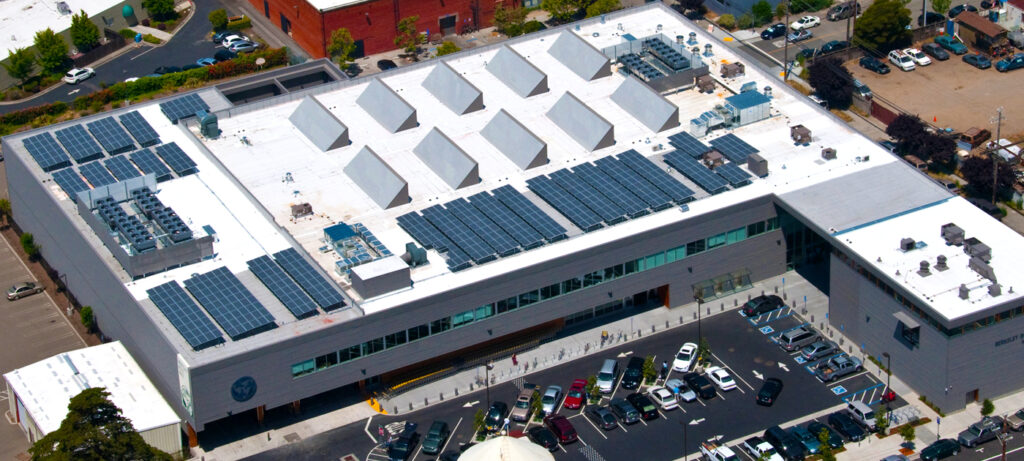AMS + Energy Toolbase Integration: Here’s what you should know

Our storage modeling capabilities just got even more intuitive as we are now integrated with AMS. This integration with AMS energy market software allows developers to simulate the project economics of a solar and storage system optimized with AMS’s validated savings and financial performance guarantee. We’ve created a simplistic workflow where developers can have the confidence to model energy storage where the output is tested, validated and guaranteed from AMS, the company controlling the asset in the field.
SCE’s “Final Decision” Rates, Part 2: Commercial Rate Changes

Timing NEW TOU periods (Summer/Winter) Commercial Grandfathering Small Commercial Rates Medium & Large Commercial Rates
SCE’s “Final Decision” Rates, Part 1: Residential Rate Changes

Like the other three big IOU’s (Pacific Gas & Electric and San Diego Gas & Electric) Southern California Edison is in the process of rolling out new rates for its commercial, residential and agriculture customers. These new rates mean some big changes for solar and energy storage projects in that …
An Interview with Tor Valenza (Part 1): Energy Storage Project Design, Engineering and Permitting

Tor Valenza, aka “Solar Fred”, has been in the solar business for more than a decade and is one of the most well-known thought leaders in our industry. In this 2-part interview, Tor and I spoke about SepiSolar, issues with permitting, site surveying, and the outsourcing of project design/engineering/consulting services.
PG&E’s “Final Decision” Rates, Part 1: Residential Rates

Pacific Gas & Electric (PG&E) has started implementing their new Time-of-use (TOU) rates as part of their 2017 General Rate Case (GRC). In part 1 of this blog we’re going to focus on the key changes PG&E is making to their residential rates, and the implication it has on solar and storage project economics. Given that PG&E is the largest utility territory in the United States, with over 5.5 million electric customers served, their rate design changes set an important precedent nationwide.
Evaluating the best residential time-of-use rate schedules in California for energy storage

Homeowners are installing energy storage systems (ESS) in their homes for different reasons. The residential energy storage market is continuing to ramp up on a hockey-stick shaped growth trajectory. According to Wood Mackenzie’s Q3 2018 U.S. Energy Storage Monitor report, the residential segment added 57.5 MWh of storage capacity nationwide last quarter, which is more than the 39.8 MWh installed all last year. The report also shows that California continues to be the leading state for storage deployments in the residential sector.
Solar for Nonprofits: The Untapped Market

The U.S. solar market has grown spectacularly over the last decade. In 2017 the U.S. installed 10.6 gigawatts (GW) of solar PV capacity, to reach 53.3 GW overall, enough to power 10.1 million American homes, according to the U.S. Solar Market Insight Report 2017 Year-in-Review from GTM Research and the Solar Energy Industries Association (SEIA).
Residential Solar Companies: It’s time to get into energy storage

After a lot of hype and false starts in the residential energy storage market, things are starting to get real. Recent data definitively shows that storage installation volumes are ramping up in the residential segment. According to GTM Research’s latest U.S. Energy Storage Monitor report, residential storage grew 248 percent in 2017 compared to 2016, measured in total megawatts installed. In terms of the number of residential grid-tied storage systems deployed, GTM Research counted 914 in all of 2016, which compares to 2017’s deployments of: 255 systems in Q1, 486 in Q2, 810 in Q3, and 1,516 in Q4.
Our SGIP Incentives are Live on the Platform

The Self-Generation Incentive Program (SGIP) provides financial incentives for the installation of new, qualifying technologies including energy storage, wind power, fuel cells, combined heat & power and others. It was big news when the program relaunched in the spring of 2017, with a re-upped program budget that was earmarked primarily for customer-sited Energy Storage Systems (ESS).
Future-Proofing Solar PV Savings with Energy Storage

Energy storage has been called a “swiss army knife” because it’s highly versatile, adaptable and can provide many different types of benefits to the grid. This flexibility can be financially rewarding. For example, when storage is deployed in behind-the-meter (BTM) applications, it can be programmed to target different value streams, like ‘peak-demand shaving’, ‘time-of-use arbitrage’, or ‘self-consumption’. These ‘value streams’ are effectively different ways for an energy storage system (ESS) to make money by reducing a customer’s utility bill.